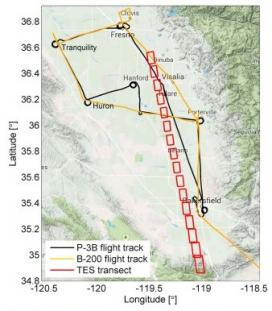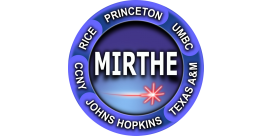ERC Researchers Use ERC-Developed Ammonia Sensor to Validate Satellite Air-Quality Measurements
Researchers affiliated with the NSF-funded Mid-Infrared Technologies for Health and the Environment (MIRTHE) Engineering Research Center (ERC), headquartered at Princeton University, used the quantum cascade laser (QCL) ammonia sensor developed by MIRTHE to conduct the first-ever validation of satellite ammonia measurements by the NASA Tropospheric Emission Spectrometer (TES).
This validation study showed how well satellites can observe both the spatial distribution as well as the absolute amounts of ammonia. The study validated satellite data at the scale of individual pixels, a scale that has never before been attained but a scale that is critically important for a short-lived species like ammonia. Data collected by satellite can now be used with much higher confidence by the larger atmospheric community to understand air quality at other times and locations throughout the globe.
Ammonia is one of the most important precursor species in the formation of unhealthy fine-particulate matter; thus, accurate knowledge of the amounts of ammonia present is very important. The MIRTHE-supported Princeton Mobile Laboratory along with two NASA aircraft were used to collect near-earth data for comparisons with the satellite observations (see figures).
The MIRTHE principal investigator for this project was Mark Zondlo. Additional details depicting the full scope of this comprehensive project and the many researchers involved are available at



